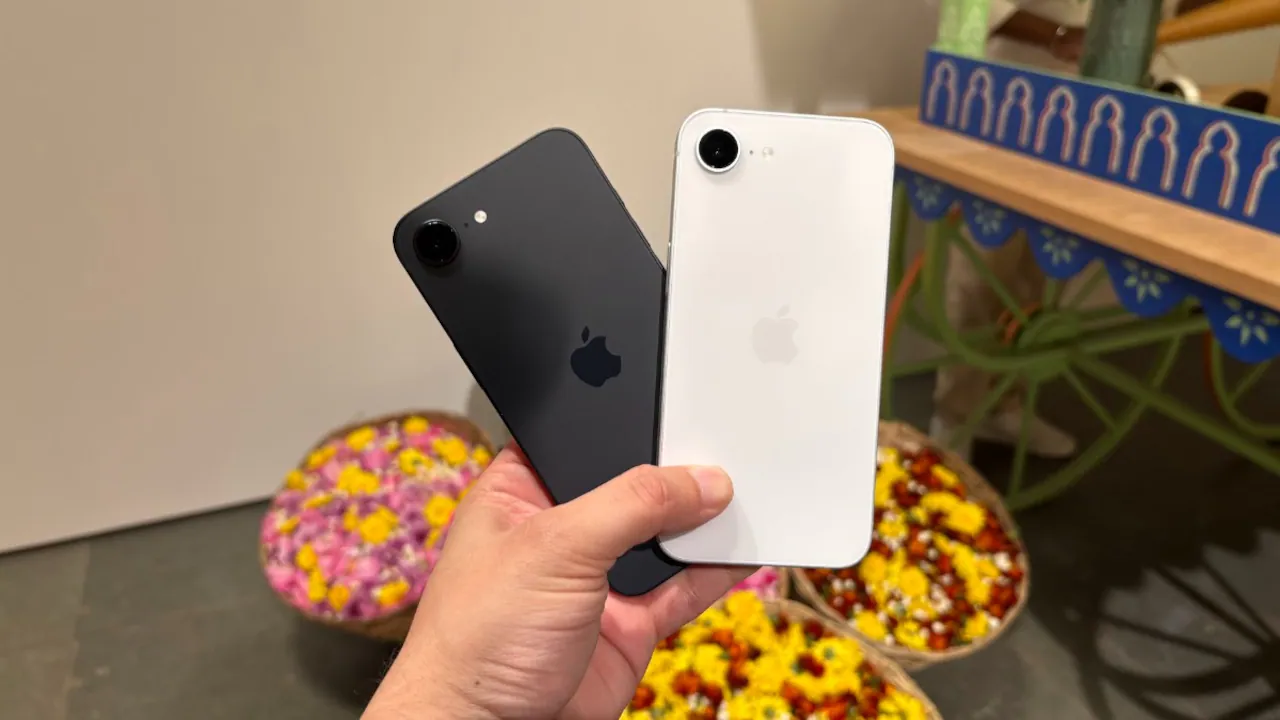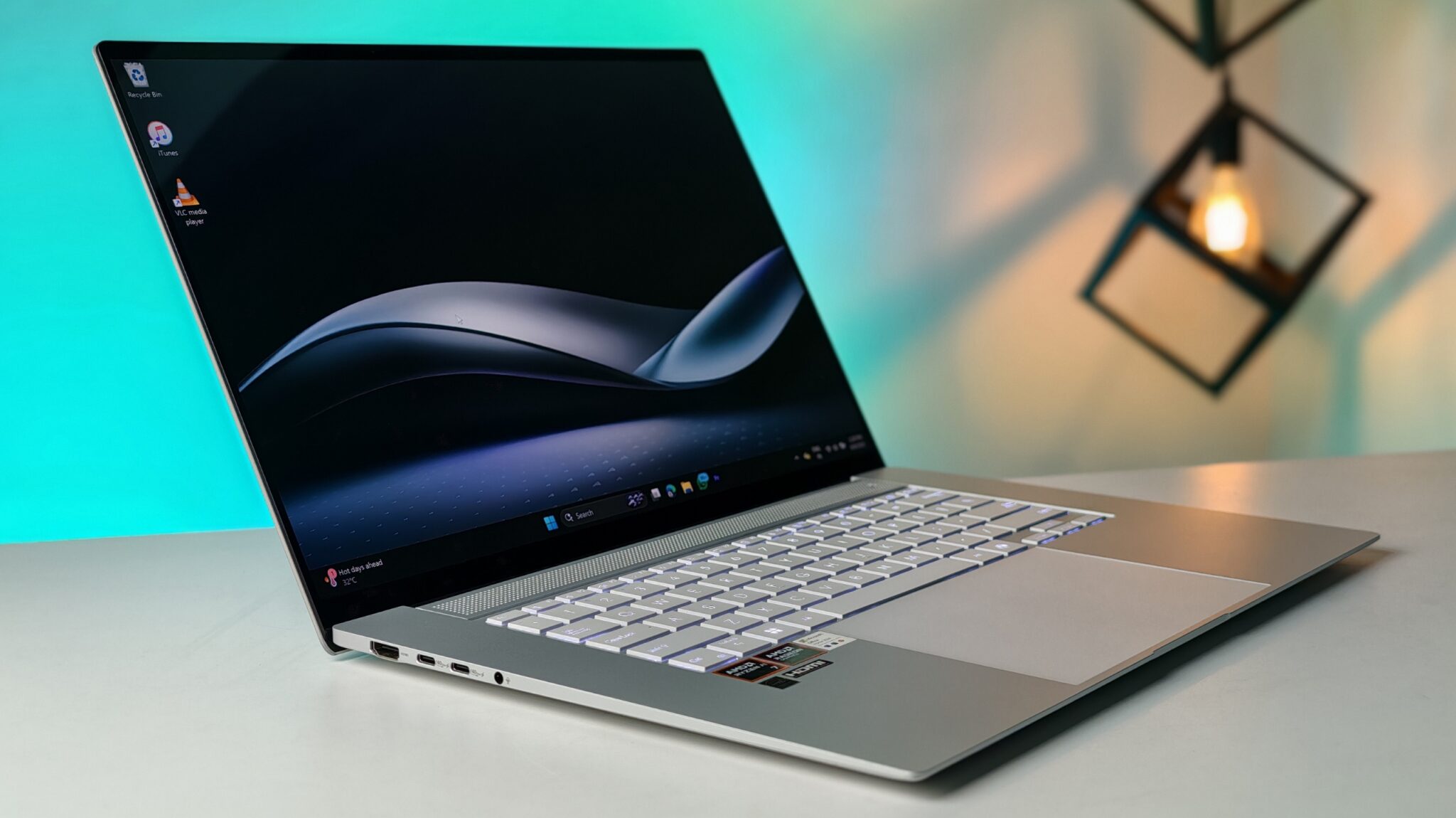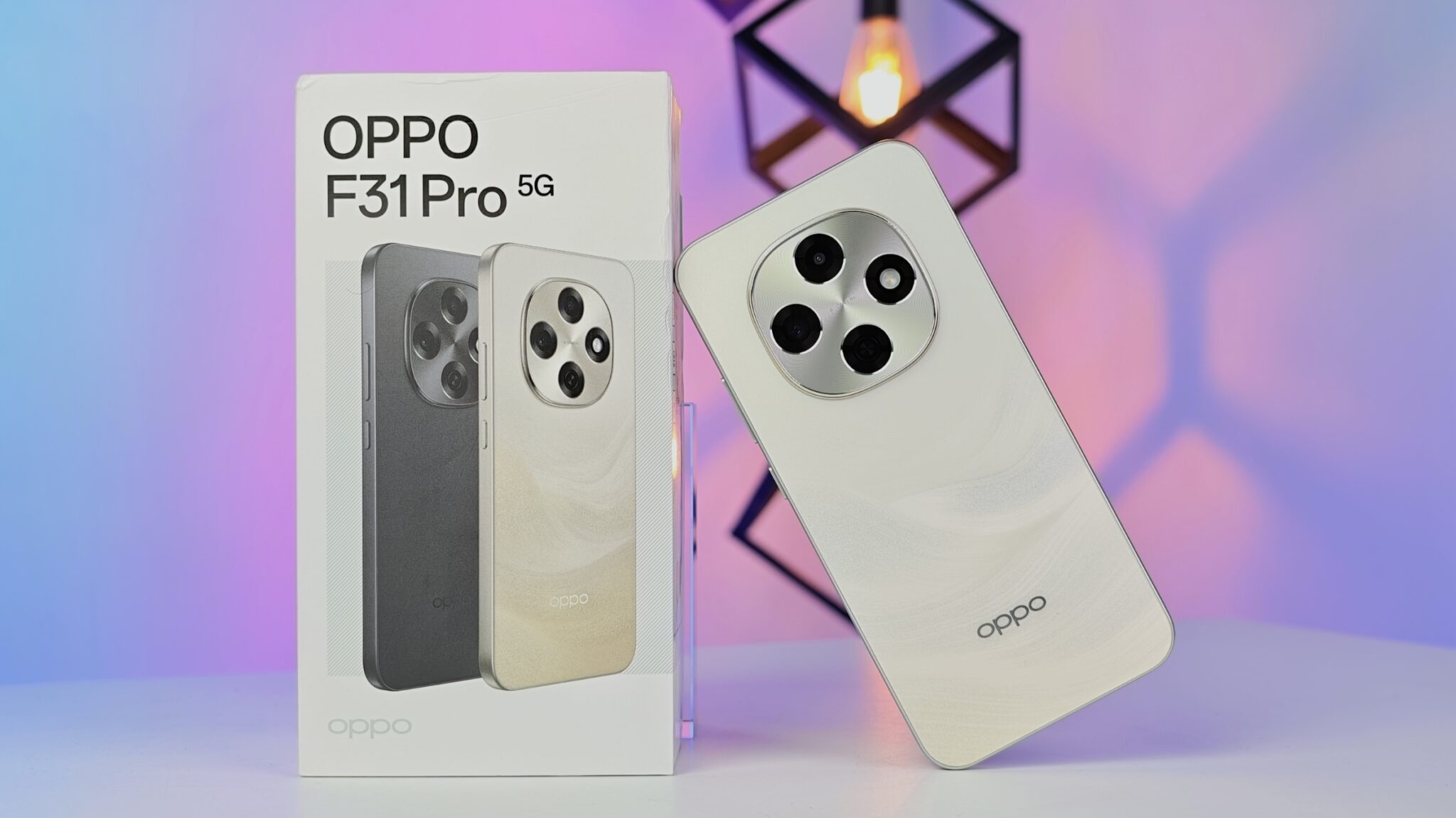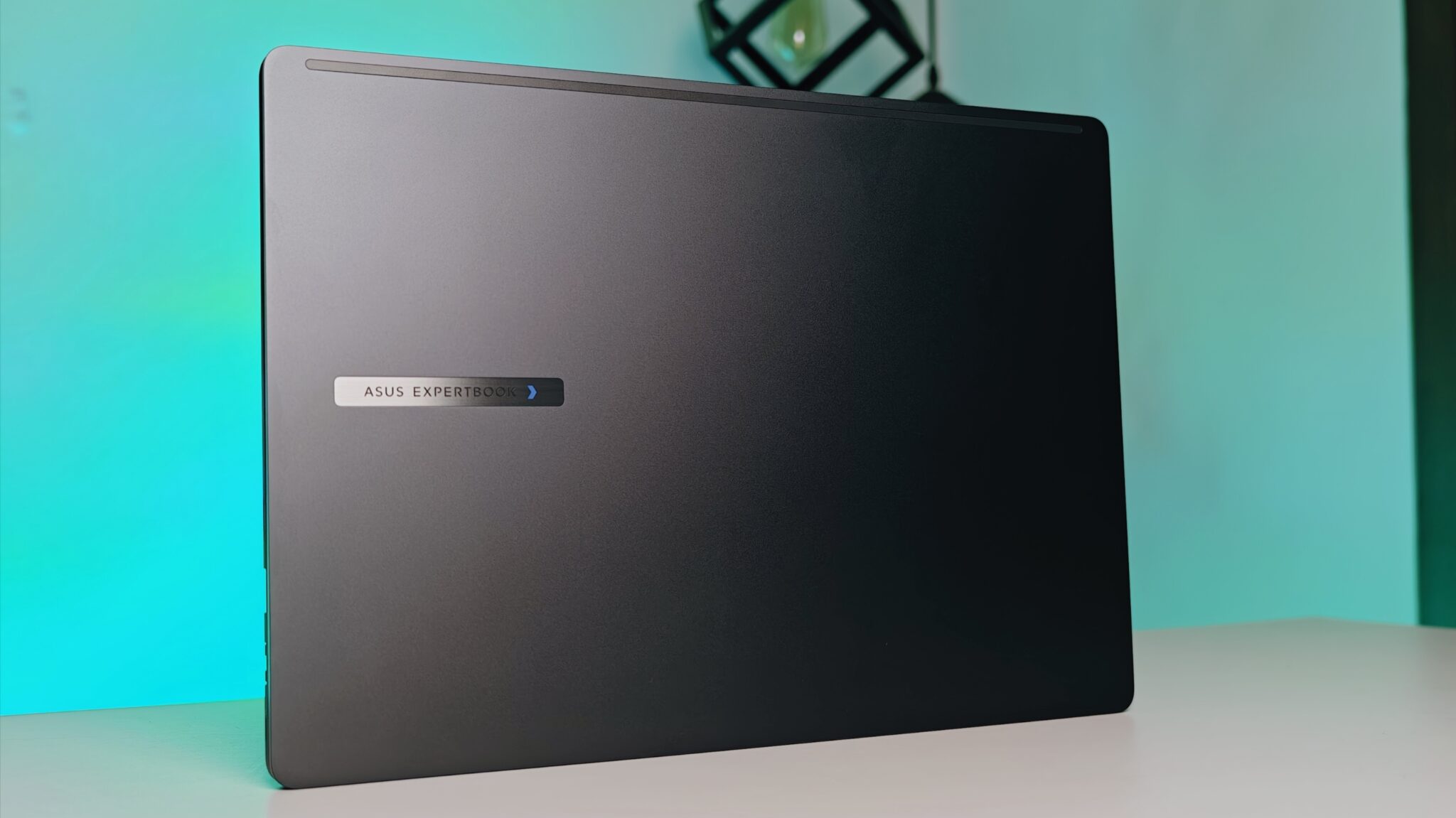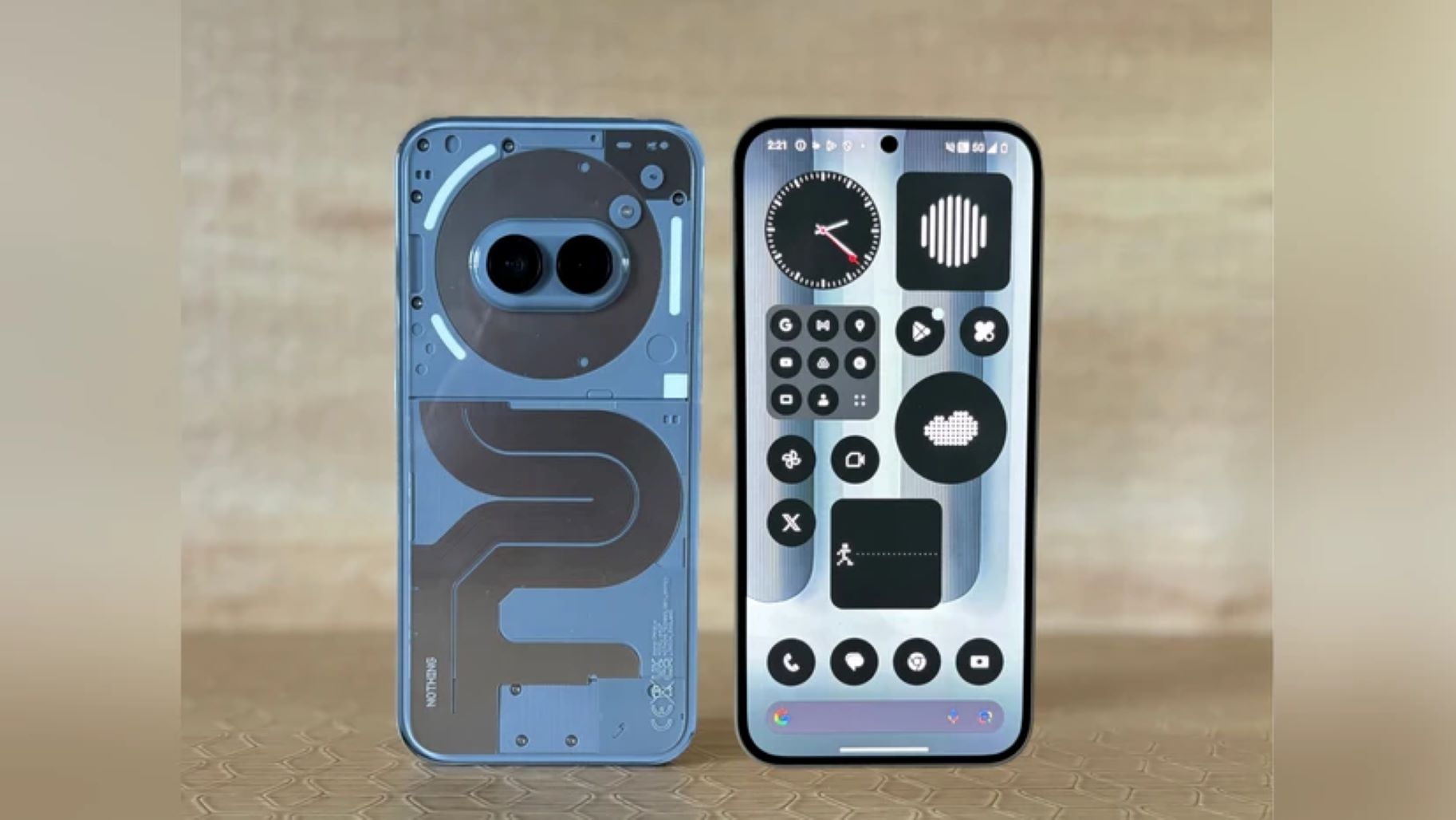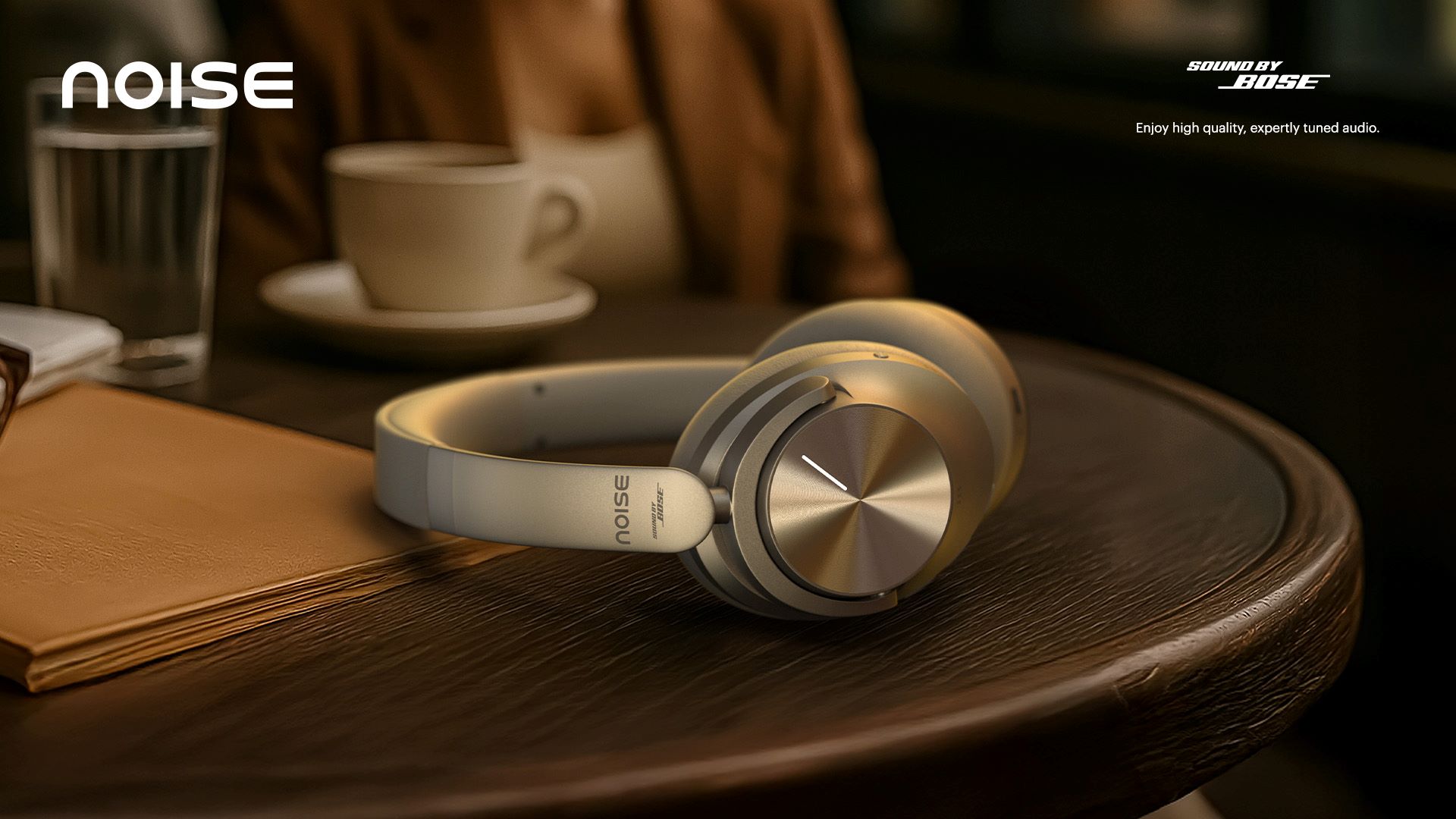For years, it felt like smartphone screens were in a never-ending growth spurt. Each new model arrived bigger than the last, pushing the limits of our pockets and the stretch of our thumbs. We adapted, awkwardly juggling our devices, perfecting the precarious one-handed grip, or simply surrendering to a two-handed existence. But what if the tide is finally turning? A surprising new report from Counterpoint Research reveals a quiet rebellion brewing among Indian smartphone users: a massive 74% are craving a return to smaller, more manageable devices.
This isn’t just a nostalgic wish for simpler times; it’s a strong, data-backed signal from a significant portion of the market that feels underserved. While the industry has largely focused on delivering expansive displays for media consumption and gaming, it seems the practical realities of daily life with a giant phone are catching up.
Counterpoint’s recent survey, which polled over 2,000 young professionals and early jobbers across Tier 1 and Tier 2 cities in India, paints a clear picture. The headline number – 74% preferring compact smartphones – stands in stark contrast to the current market landscape. The report highlights that a significant 68% of these respondents feel there simply aren’t enough suitable compact options available today.
The Struggle is Real: Why Smaller is Gaining Ground
So, what’s driving this strong preference for smaller phones? The reasons cited by users in the Counterpoint survey are rooted in everyday frustrations. Over half of the participants pointed to the difficulty of using large-screen devices comfortably with just one hand. Anyone who has tried to reach the top corner of a massive display while holding a coffee or bag knows this struggle intimately.
Reduced grip and the increased risk of accidental drops also emerged as key concerns. A phone that feels secure in your hand provides peace of mind; a large, unwieldy one constantly feels like it’s moments away from a屏幕-shattering tumble.
The survey drilled down into specific factors influencing preference, and the results are compelling. A good “in-hand feel” was crucial for a substantial 71% of users. This speaks to the tactile experience of holding a phone – how it rests in your palm, the texture of the materials, the balance of its weight. A phone that feels comfortable becomes an extension of yourself, not a burden. Aesthetic appeal also played a major role, influencing 69% of buying decisions. It appears that for many, the sleek, pocketable design of a smaller phone holds a certain visual and practical charm that oversized devices lack.
Interestingly, even for activities typically associated with larger screens, like gaming, compact phones earned high marks. A significant 86% of respondents preferred compact smartphones for gaming, citing better comfort, improved grip, and reduced hand strain during extended play sessions. This challenges the assumption that bigger is always better for mobile gaming and suggests that ergonomics play a vital role in user experience.
The “sweet spot” for a compact screen size, according to 60% of the surveyed users, lies between 6 and 6.5 inches. This isn’t a call for tiny screens reminiscent of feature phones, but rather a preference for displays that balance usability with a still-immersive viewing experience. Only 11% wanted something smaller than 6 inches, while 29% preferred larger than 6.5 inches, further reinforcing the demand for this specific, more moderate size range.
The Performance Paradox: Small Phone, Big Expectations
Crucially, the desire for a smaller phone doesn’t mean users are willing to compromise on performance. The Counterpoint report makes this abundantly clear. A staggering 88% of respondents indicated they would purchase a compact smartphone if it delivered flagship-level performance. More than half explicitly stated they would not compromise on processor performance and battery life.
This presents a challenge and an opportunity for manufacturers. For years, larger phone bodies often meant bigger batteries and better thermal management for high-performance chips. Shrinking the form factor while maintaining top-tier performance and all-day battery life requires engineering prowess and potentially the adoption of newer battery technologies. The survey also revealed strong interest in features like customizable buttons (84% preference) for quick access to apps and camera controls, and AI-powered functionalities (89% consider important) like voice assistants, camera enhancements, and battery optimization – features typically associated with higher-end, often larger, devices.
Counterpoint Research Director Tarun Pathak commented on the findings, stating that consumers want compact devices without sacrificing core features like processor performance and battery life. He noted that many users approaching upgrade cycles are leaning towards compact smartphones for more comfortable, long-term use. However, the market simply isn’t keeping up, with about 90% of smartphones launched in 2024 featuring screens larger than 6.5 inches. This, Pathak argues, highlights a clear opportunity for brands to introduce powerful compact smartphones.
Senior Research Analyst Arushi Chawla echoed this sentiment, emphasizing the growing desire for compact smartphones that provide a seamless and comfortable one-handed experience for everyday tasks like taking selfies, typing messages, and gaming. She also highlighted the user concern about potential trade-offs in battery life and processor performance when opting for a smaller device, underlining the need for a balance between portability and high-performance capabilities.
A Market Opportunity Ignored?
The Counterpoint report, interestingly, was commissioned by OnePlus, which might suggest the brand is exploring this segment. However, the findings reflect a broader market sentiment. For years, manufacturers seemed convinced that bigger screens were the sole path to capturing consumer interest, driven by trends in multimedia consumption. This led to a market flooded with large devices, leaving those who prioritize comfort and practicality with limited choices, especially in the higher performance tiers.
Brands like Apple and Samsung have historically offered slightly smaller flagship options (like the base iPhone models or the standard Galaxy S series), and the survey indicates these brands, along with OnePlus, are the most trusted by consumers for a future compact smartphone purchase. However, even these models have grown over time, and true pocket-friendly powerhouses remain scarce.
The 74% figure isn’t just a statistic; it represents millions of potential customers in a massive market like India who are actively looking for something the industry isn’t widely providing. These are users who might feel frustrated by their current oversized devices, who long for the ease of a phone that fits comfortably in their hand and pocket, but who also demand the speed, camera quality, and battery life needed for today’s demanding mobile tasks.
Will Manufacturers Listen?
The question now is whether smartphone manufacturers will heed this clear signal from the market. The dominance of large screens has been the norm for so long, shifting focus requires a deliberate strategy. It means investing in the research and development needed to pack high-end components and sufficient battery capacity into a smaller form factor without significant compromises.
The success of any future compact high-performance phones will depend on brands truly understanding and addressing the core needs identified in this report: effortless one-handed use, comfortable grip, and flagship-level performance and battery life.
For years, the narrative was that consumers demanded bigger. The Counterpoint report challenges that narrative, suggesting that a significant majority in India are ready for a compact comeback, provided it doesn’t mean stepping down in power. The brands that recognize and act on this growing demand stand to capture a substantial and currently underserved segment of the Indian smartphone market. The ball, it seems, is now firmly in the manufacturers’ court. Will they deliver the smaller, powerful phones that 74% of Indian users are waiting for?


